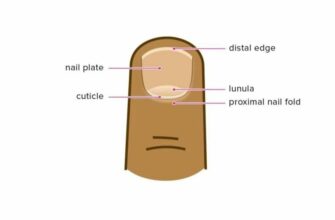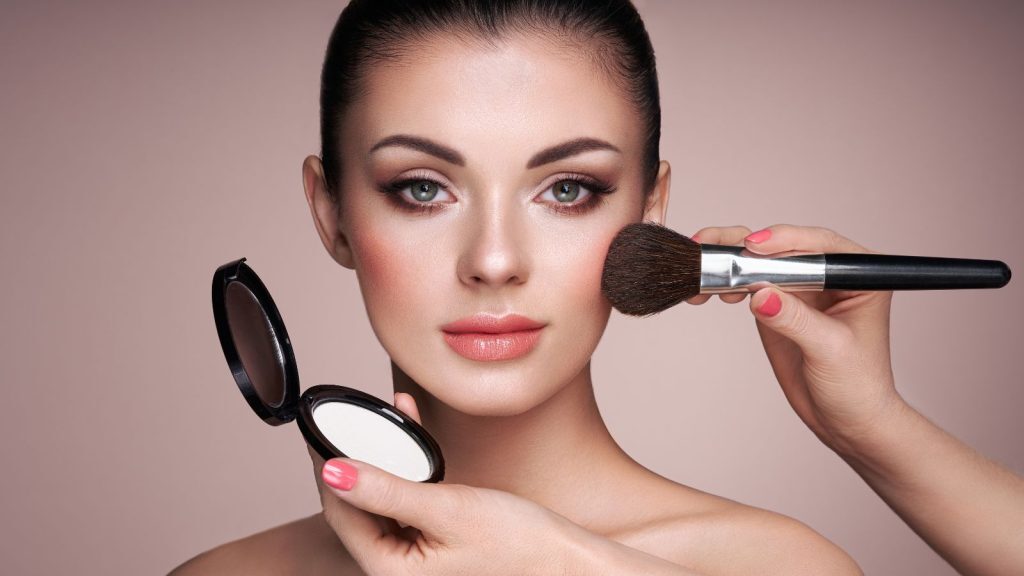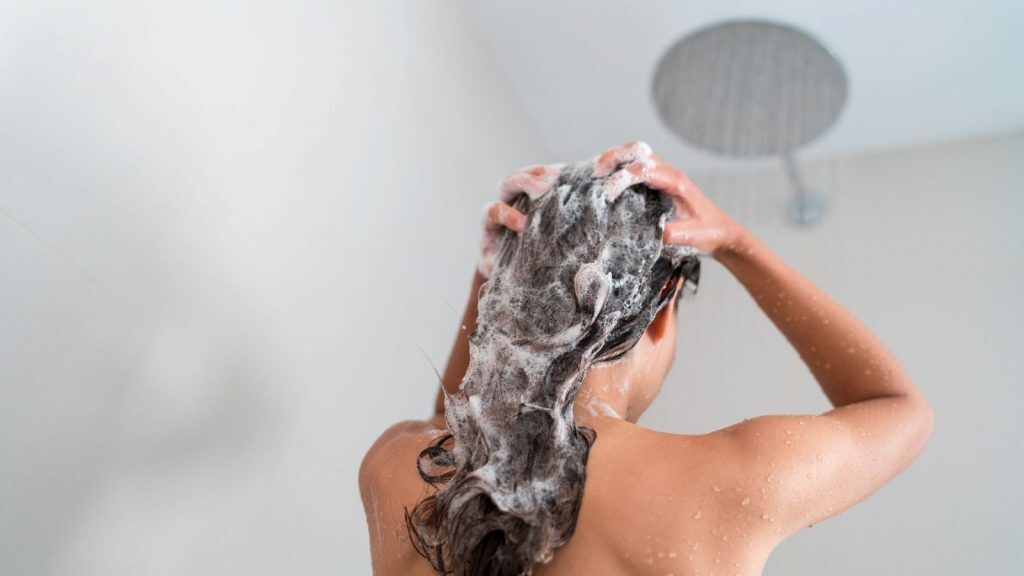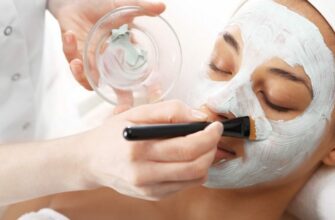When it comes to sun exposure, there are a lot of variables to consider: the time of day, how long you’re outside, what SPF you’re wearing, etc. But what about your skin type?
Believe it or not, there is a “right” time of day to tan- depending on your skin type! Read on for more information on the best time to tan naturally.
Did you know that there are health benefits to getting a tan? For starters, it can help to improve your mood and give you a boost of energy. Also, it can help to improve your circulation and reduce inflammation.
And, of course, it can also help to protect your skin from the harmful effects of UV rays. Of course, it’s important to get a tan safely, which means avoiding sunburns.
The best time to tan is early in the morning or late in the afternoon when the sun’s rays are not as intense. And be sure to use sunscreen! With these tips in mind, you can enjoy all the benefits of a healthy tan.
When it comes to getting the perfect tan, timing is everything. The best time of day to tan depends on your skin type as well as the intensity of the sun.
If you have fair skin, the best hours to tan are early in the morning or late in the afternoon when the sun is not as strong. If you have dark skin, you can tan during the middle of the day when the sun is at its peak.
However, if you have sensitive skin, you should avoid tanning during the midday hours. No matter what your skin type, always remember to wear sunscreen to protect your skin from harmful UV rays.
With a little planning and some precaution, you can get the perfect one in no time.

Summertime is the perfect time to show off some skin. But before you head to the beach or pool, you’ll want to make sure your tan looks great. Here are some tips for getting a natural-looking tan, depending on your skin type.
If you have fair skin, you will want to use a self-tanner that is specifically designed for fair skin. These products typically contain lower levels of DHA, which is the active ingredient that produces the tan.
You will also want to make sure to exfoliate your skin before applying the self-tanner, as this will help to create a more even application.
If you have medium skin, you can use either a self-tanner designed for fair or dark skin. If you are looking for a more natural-looking tan, then you will want to choose a product that is specifically designed for medium skin.
These products typically contain moderate levels of DHA, which will produce a subtle tan.
If you have dark skin, you will want to use a self-tanner that is specifically designed for dark skin. These products typically contain higher levels of DHA, which will produce a deeper tan.
You will also want to make sure to exfoliate your skin before applying the self-tanner, as this will help to create a more even application.
If you have sensitive skin, you will want to use a self-tanner that is specifically designed for sensitive skin. These products typically contain lower levels of DHA, which is the active ingredient that produces the tan.
You may also want to consider using an airbrush self-tanner, as these products do not come into contact with the skin and are less likely to irritate.
If you have dry skin, you will want to use a self-tanner that is specifically designed for dry skin. These products typically contain hydrating ingredients that will help to keep your skin moisturized while also creating a natural-looking tan.
You may also want to consider using an airbrush self-tanner, as these products do not come into contact with the skin and are less likely to irritate.
If you have oily skin, you may be hesitant to use a self-tanner as it can often make oily skin look even oilier. However, there are now several self-tanners on the market that are specifically designed for oily skin.
These products typically contain mattifying ingredients that will help to control shine and create a natural-looking tan.

For people with light skin tones, the best time of day to tan is early in the morning or late in the afternoon. During these times, the sun’s rays are not as strong, so there is less risk of burning.
However, it is still important to use sunscreen to protect your skin. If you do choose to tan during peak hours, be sure to wear sunscreen with a high SPF rating and reapply it often.
Sunburns not only damage your skin, but they also increase your risk of developing skin cancer.
When it comes to getting a tan, timing is everything. People with medium skin tones should look to tan during the early morning or late afternoon hours.
The sun’s rays are not as intense during these times, which reduces the risk of sunburn and skin damage. In addition, tans achieved during these hours tend to be more natural-looking and longer-lasting.
So for people with medium skin tones who are looking to get the best tan possible, the best time of day to tan is during the early morning or late afternoon.
For people with dark skin tones, the best time of day to get a tan is in the early morning or late afternoon. The sun’s rays are not as strong during these times, so there is less risk of sunburn.
In addition, the heat from the sun can cause dehydration, so it is important to drink plenty of water before and during sun exposure.
People with dark skin tones should also avoid using tanning beds, as ultraviolet light can increase the risk of skin cancer. Instead, self-tanning products can be used to achieve a safe, natural-looking glow.
Depending on your skin tone, you may find it difficult to get the right shade of brown. If you have a fair skin tone, you may find that you burn easily and have difficulty achieving a deep tan.
Medium skin tones are usually the best for tanning, as they provide a good balance between burning and browning. Darker skin tones tend to brown rather than burn, but it is still important to use sun protection to avoid damage from UV rays.
The best way to determine your skin tone is to head out into the sun at midday. Take a look at your skin in the mirror after about half an hour of exposure.
If your skin has turned red or begun to feel irritated, then you have a fair skin tone. If it has turned a light brown, then you have a medium skin tone. If it has turned a deep brown or black, then you have a dark skin tone.
Once you know your skin type, you can better tailor your tanning activities to achieve the perfect shade.
There are also some dangers associated with sun tanning. For example, if you spend too much time in the sun without using sunscreen, you increase your risk of developing skin cancer.
You can also damage your skin by getting a sunburn. To help prevent these problems, it is best to avoid sun tanning during the midday hours when the sun’s rays are strongest.
If you do want to get a sun tan, you should use sunscreen with an SPF of at least 15.
The best time to get a tan is early in the morning or late in the afternoon when the sun is lower in the sky, and the UV rays are not as strong.
If you do spend time in the sun during the midday hours, be sure to take breaks in the shade and wear sunscreen to protect your skin.

There are a few simple steps you can take to ensure that your skin stays healthy and hydrated.
- First, it’s important to drink plenty of water. It will help to replenish any fluids that may have been lost during the day.
- Secondly, you should apply a moisturizer to your skin. This will help to soothe any irritations and keep your skin from becoming too dry.
- Finally, if you’re looking to get a tan, it’s best to wait until later in the day when the sun’s rays are not as strong.
The best hours to tan are between 10 am and 4 pm when the sun is at its highest point in the sky. At this time of day, the UV rays are most intense, so you’ll get a deeper tan in a shorter amount of time.
However, It also means that you’re more likely to burn, so be sure to use sunscreen and limit your exposure to 30 minutes or less.
If you can’t get outside during the daytime, the next best option is to tan in the early morning or late afternoon when the sun isn’t as strong.
Keep in mind that clouds, wind, and water can all block UV rays, so it’s best to tan on a clear day with little breeze.
Most people think that the best time to shower is immediately after they come inside from tanning.
Although it will help to remove any sweat, sunscreen, or other products that may be on your skin, it can also cause your tan to fade more quickly.
If you’re looking to prolong your tan, it’s best to wait at least four hours after spraying before taking a shower. It will give the solution time to set and help you to avoid washing away any of the colors.
The best time to tan at the beach is early in the morning or late in the afternoon when the sun’s rays are not as strong. This will help you avoid sunburn and skin damage.
Be sure to use sunscreen with a high SPF, and reapply it every two hours. Drinking plenty of water will also help to keep your skin hydrated.
When it comes to finding the best tanning bed for your needs, there are a few things to keep in mind.
- First, you’ll want to consider how often you plan to use the tanning bed. If you only plan to use it occasionally, you may not need a high-end model.
- Second, you’ll want to think about the type of tan you’re looking for. If you’re looking for a natural-looking tan, you’ll want to choose a bed that uses UV light.
- Finally, you’ll want to consider the recommended exposure schedule for your skin type. If you have fair skin, you’ll need to start with shorter exposure times and build up gradually.
When it comes to getting the perfect tan, timing is everything. Tanning lotions and oils help to accelerate the tanning process by absorbing UV rays and increasing melanin production.
However, if these products are applied too early, they can actually impede the tanning process by causing the skin to dry out and peel.
For best results, wait until you have been in the sun for at least 20 minutes before applying any type of tanning product. It will help to ensure that your skin is properly hydrated and able to absorb the maximum amount of UV rays.
Shaving too soon before your appointment can leave your skin feeling dry and irritated, making it more difficult for the tan to adhere evenly.
On the other hand, waiting too long to shave can also cause problems, as hair can get in the way of the spray tan solution and result in an uneven finish. For best results, aim to shave at least 8 hours before your spray tan appointment.
When it comes to outdoor tanning, those with fair skin need to take special care to avoid sunburn. The best way to do this is to slowly build up a Tan by starting with short exposures and gradually increasing the amount of time spent in the sun.
It’s also important to wear sunscreen and reapply it frequently, especially if you’re sweating or swimming. The best time of day to tan is early morning or late afternoon when the sun is not as intense.







